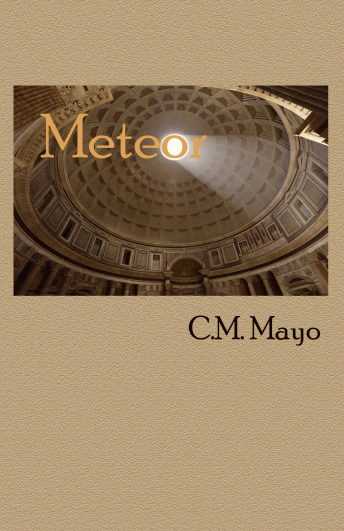
Second Mondays of every other month I devote to my writing workshop students and anyone else interested in creative writing. Welcome!
> For the archive of workshop posts click here.
Please note: The end of March 2022 marks the 16th anniversary of this blog, after which point, until further notice, I will be posting approximately two Mondays a month. The posts on Texas Books, the writing workshop, my own work, and a Q & A with another writer, will continue, each posting every other month and, as ever, when there is a fifth Monday in a given month, that’s for the newsletter.

How to make your writing more vivid? One technique is to bring in specific detail that appeals to the senses (smells, sounds, texture…). Another is to toss out imagery (as Zeus might hurl thunderbolts!). Yet another: to manipulate the scansion. One of my favorite techniques, although I rarely employ it myself, is what I like to call “wigged-out exaggeration.” When used sparingly, with taste, I find way-out exaggeration both vivid and funny. And I think most readers do, too. We know it’s too absurd to be true, and yet—we return the author’s wink—it is somehow “true.”
John Steinbeck (1902-1968), who is best known for his novels, The Grapes of Wrath and East of Eden, was a master of this technique. It so happens that recently I reread Travels with Charley (1962), his memoir of a rambling journey across the United States in a custom camper with his poodle. I found Travels with Charley at once charming, expertly-crafted, lightweight, prophetic and peculiar— but I’m not here to serve you up a big fat deep-fried critical essay, but rather, a use-it-now technique for your own writing.
Herewith some examples from Travels with Charley of “wigged-out exaggeration” (page numbers refer to the 2000 Penguin Classic edition):
“Khaki cotton trousers, bought in an army surplus store, covered my shanks, while my upper regions rejoiced in a hunting coat with corduroy cuffs and collar and a game pocket in the rear big enough to smuggle an Indian princess into a Y.M.C.A.” (p.32)
“For George is an old gray cat who has accumulated a hatred of people and things so intense that even hidden upstairs he communicated his prayer that you will go away. If a bomb should fall and wipe out every living thing except Miss Brace, George would be happy.” (pp.40-41)
“The recipes, the herbs, the wine, the preparation that goes into a good venison dish would make an old shoe a gourmet’s delight.” (p.45)
“Charley and I stayed at the grandest auto court we could find that night, a place only the rich could afford, a pleasure dome of ivory and apes and peacocks and moreover with a restaurant, and room service.” (p.69)
“When we get these thruways across the whole country, as we will and must, it will be possible to drive from New York to California without seeing a single thing.” (p.70)
“I cooked improbable dinners in my disposable aluminum pans, made coffee so rich and sturdy it would float a nail…” (p.84)
“No effort had been spared to make the cabins uncomfortable and ugly.” (p.130)
“I was so full of humble gratefulness, I could hardly speak. That happened on a Sunday in Oregon in the rain, and I hope that evil-looking service-station man may lve a thousand years and people the earth with his offspring.” (p.142)
“All the food along the way tasted of soup, even the soup.” (p.208)
*
I welcome your courteous comments which, should you feel so moved, you can email to me here.

Shake It Up with Emulation-Permutation Exercises
Top Books Read 2020
Why Do Old Books Smell? / Plus from the Archives:
“What the Muse Sent Me About the Tenth Muse, Sor Juana Inés de la Cruz”




